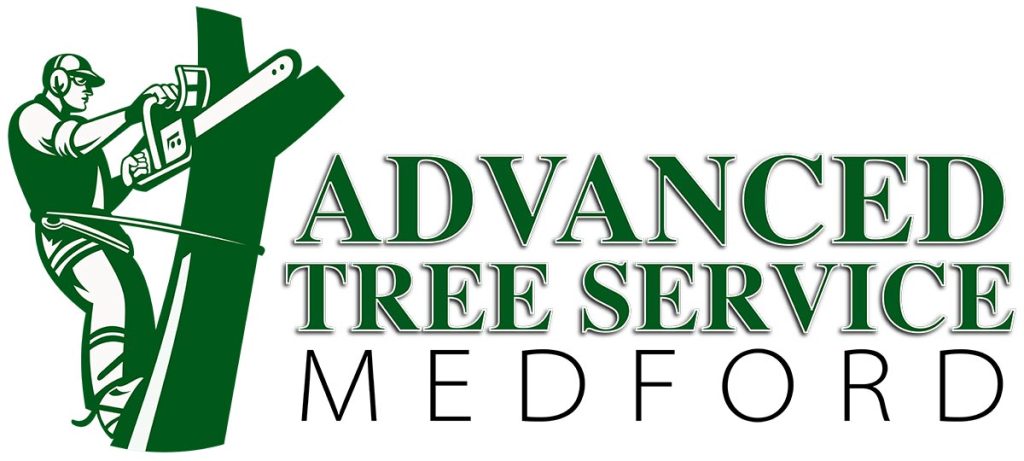Tree insects
 Having trees in your front lawn or backyard is pretty awesome. They do not only help in improving that aesthetics of your home and property (given that they are properly maintained of course), but also serve a variety of functions like offering additional shade or even as hang posts for your hammocks. Because of these benefits, it is just right that we do our best to protect them from one of their biggest (or smallest) enemies – insects.
Having trees in your front lawn or backyard is pretty awesome. They do not only help in improving that aesthetics of your home and property (given that they are properly maintained of course), but also serve a variety of functions like offering additional shade or even as hang posts for your hammocks. Because of these benefits, it is just right that we do our best to protect them from one of their biggest (or smallest) enemies – insects.
There are hundreds of different insects which can harm our beloved trees, but they can all be classified into certain groups, so that it’d be easier to identify them.
Leaf Eaters
If you notice the foliage of your tree thinning, or see the edges of the leaves are chewed off, then you are dealing with leaf eaters. As the name suggests, these insects are those that thrive on gobbling up beautiful green foliage of trees. Some of the most popular examples of these destructive insects include the moth and the caterpillar.
Fruit Eaters
If you have fruit bearing trees, then one of your biggest worries should be fruit eating insects. These insects like fruit worms and maggots will basically eat any fruit available to them, whether you have apples or nuts growing in your trees. One of the most obvious signs of infestation from these insects is when you see discoloration or holes on the fruits.
Borers
Borers are those insects which do not only feed on your trees, but also makes a nice and comfy home out of it. You’ll see that you have borers when you notice tiny or small holes on the tree bark or the wood itself. Beetles, mites, weevils and worms are some of the most common examples of these insects.
Suckers
These insects suck out the nutrients from the tree’s limbs and leaves, leaving them dry and dead. Unlike other insects though, suckers like scale insects are pretty immobile. They simply stick themselves onto the tree limb or leaf, and the start sucking the juices flowing therein. Aside from dry and dead tree limbs, another sign of sucker infestation is honeydew formation and scaly formation on the tree.
Insects can truly bring harm to trees, and when not treated early, these trees will not only die, but may also be the cause the spread of insects or an infestation. Thus, it is important that measures be taken when at the first sign of infestation.

